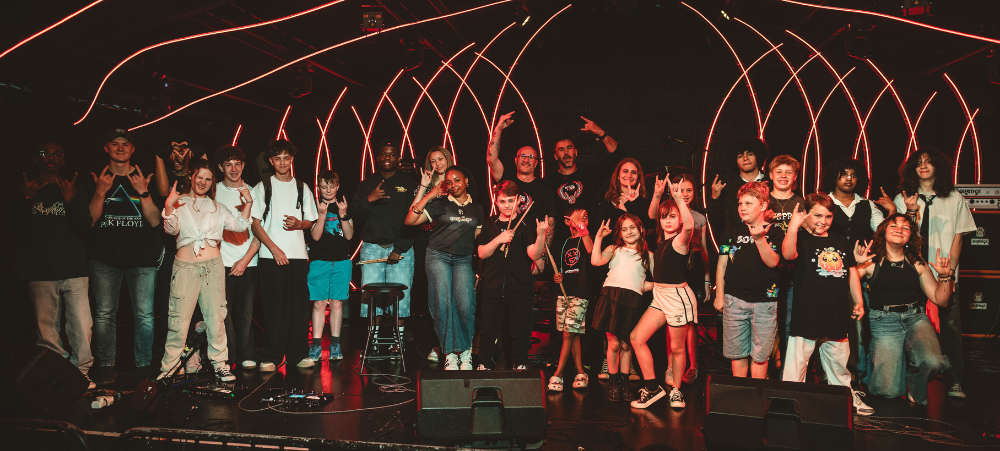The paradigm around learning in South Africa is changing rapidly. If, like most parents of this generation, you grew up with homework, then this might not seem like such a big deal. However, schools around the world, including South Africa, are changing their views on homework. This is largely thanks to the revolutionary approach to education that Finland has adopted – with stunning results.
Where did it all start? The Finnish Phenomenon
In 2006 the Programme for International Student Assessment (PISA) conducted a survey of 15-year-olds’ academic skills from 57 nations. Finland placed first in science by a whopping 5% margin, and dropped a bomb in the world’s schooling narrative.
Here is what’s so different about Finland’s preschools and primary schools:
- Preschool is not academically focused in any way but focuses more on play, fostering healthy socialising, increasing independence, and growing maturity.
- Children don’t start school until they are seven years old.
- They have less homework than their peers in other countries – at most a half an hour a day, which is often completed during school anyway.
- There are no private schools in Finland, so children from wealthy and middle- to low-income homes melt together. This also means better schools all round, as the whole neighbourhood is invested in making the local schools of a high standard for everyone.
- Finland determined that education is the way to climb out of their economic hole. Education became more than just another point on a child’s long to-do list; it became a beacon for the future of an entire country’s success.
- There is only one standardised test, which is administered in the final year of high school. At many schools, teachers don’t grade students until the fifth grade, and teachers aren’t forced to organise curriculum around standardised testing. After ninth grade, students attend either an academic program (53%) or vocational one (47%) — this flexibility results in a 96% graduation rate, dwarfing South Africa’s cohort pass rate of 39.25%.
- Finally, play constitutes a significant part of individual growth and learning in Finnish schools. Every class must be followed by a 15-minute recess break so children can spend time outside on their own activities to ‘reset’ their minds.
What about South Africa?
We hear people argue that, because South Africa is bigger, more diverse, and more unequal, it’s harder to reach higher quality education. However, there are some shining examples of what we can accomplish when our public and private schools start embracing change.
In 2015, Gavin Keller – principal of Sun Valley Primary and CEO of The Sun Valley Group of Schools – implemented a no-homework policy for their primary school and up to Grade 9 in their high school, assigning learners 20 minutes’ reading time a day instead. Keller says. “When we started assessing our school, what became very clear was that school is a high-stress, anxiety-based environment and children have no time to be innovative and creative. They need nine hours of sleep and their school day is six-and-a-half hours long, so there’s no time to play – and play drives creativity.’ They’ve since seen improved academic results, increased motivation and a significant increase in reading.
“Schools are changing how they approach learning,” says Janine Hammond, MD of Sherpa Kids Western Cape, an aftercare and holiday care solutions provider for many preschools and primary schools in the Western Cape, “and it’s time that aftercare is considered in the same light as well. Most of our children will go into jobs that don’t currently exists. They need problem solving skills, time management, and programs that stimulate intellectual capacity building. This does not happen by accident, but through careful, thoughtful education and aftercare systems that are based on sound parenting principles like routine, discipline, boundaries, and reward.”
“We’ve seen the benefits of play for learning,” says Janine. “We need to remember that what happens after the school day is as important as what happens during the school day. It truly does ‘take a village’ to raise a child, so the aftercare team needs to be the ‘fresh legs’ so desperately needed to constructively support our children during the second half of the school day.”
Sinai Academy in Bloubergrant – a private school that uses the South African CAPS curriculum – has long since adopted the approach of independent learning. “Students are self directed and become lifelong learners,” says the school. Students are given the month’s curriculum at the start of the month, and then each learner can choose what they’d like to complete and by when, as long as all of it is completed by month’s end. This allows them to energetically complete their favourite things, before tackling the more difficult lessons. This fosters a love for learning, and allows more time for play.
What can I do as a Parent?
If you child’s school does insist on homework, here are some great tips from Janine Hammond of Sherpa Kids on how to manage homework with success:
- Do homework early in the afternoon – right after lunch if possible – while your child’s minds is still fresh. This also allows them to close the ‘school day’ file in their minds, and releases them to exhale into their afternoon’s fun activities.
- If you can only help your child with homework when you come home from work, try not to do it directly before bed time. Studies show that children need to wind down before bed in order to sleep well. A good night’s sleep means better memory capabilities, which means a brighter, happier child. So after homework, allow a little play time, then read a story in bed, then it is lights out.
- If your child does go to an aftercare, find out if they include structured time that allows your child to learn independently (not provide another teaching lesson, but also not abandon them to attempt the tasks alone), and that facilitators are available to guide and support your child in their homework, and in play.
- Most schools in the Western Cape are adapting to the philosophy that homework should not take up more than 30 minutes of a child’s afternoon, especially for Foundation Phase scholars, with some even lengthening their school day slightly in order to help children get through all the work at school. If you’re not sure about the school’s homework philosophy, find out and assess the situation from there.
Is it fair to compare the small, homogenous northern nation of Finland to our colourful melting pot of diversity? Many experts say no. After all, given our higher immigration rate and wider socioeconomic stratification, our schools tend to become social experiments not simply for learning but also for many other social functions schools aren’t designed to handle.
Still, should these challenges prevent us from learning what we can from Finland’s schools? Absolutely not. If anything, we can embrace a keener awareness of the role of play in early childhood development, ensure they are exposed to positive programs that support these ideals, and simply allow our children to be children as part of our broader strategy for learning.
We understand that there are many aspects that encompass a Mother, Father or Child and strive toward providing resources and services that accommodates this.
Our content is aimed to inform and educate families on issues starting from pregnancy through to the challenges of the teen-age years.
- From Pain to Possibility: Panado®’s New Marketing Campaign, Highlights The Joy Of Pain Relief - December 10, 2025
- Feeding Unicorns by Jeni-Anne Campbell: A bold new book for business leaders who care - December 9, 2025
- The Benefits of PLAYMOBIL – Through the Eyes of a Qualified Play Therapist - December 2, 2025





